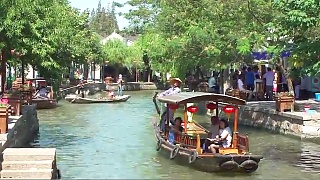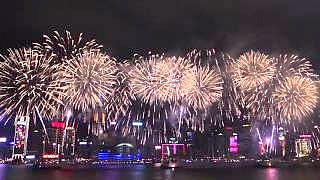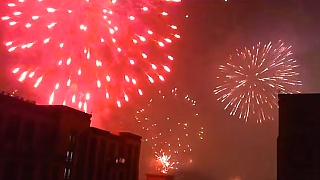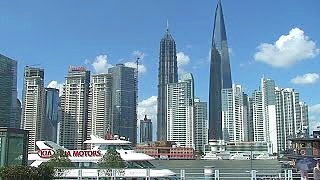Whether it is clean green energy - solar and other renewable energy, EVs, etc., high speed rail, basic science research, AI, movies, social media, easy payments, safe streets, first class and affordable food, etc., ... China is leading the way (as it has done for millennia). With Radhika Desai and Mick Dunford ...
[640],shadow=true,start=,stop=With Inside China Business - on the world's top universities and research (STEM graduates; basic science; research papers; patents) ...
Lies are merely reflections.
With Arthur Khachikian and Neutrality Studies ...
[320],shadow=true,start=,stop=Bonus film - China Report with BreakThrough News and Pivot to Peace ...
[320],shadow=true,start=,stop=Bonus film - China's "economic collapse", with Sirant ...
[320],shadow=true,start=,stop= [320],shadow=true,start=,stop= China is the world’s innovator – with Radhika Desai, Mick Dunford and Inside China Business
China is the world’s innovator – with Radhika Desai, Mick Dunford and Inside China Business









































